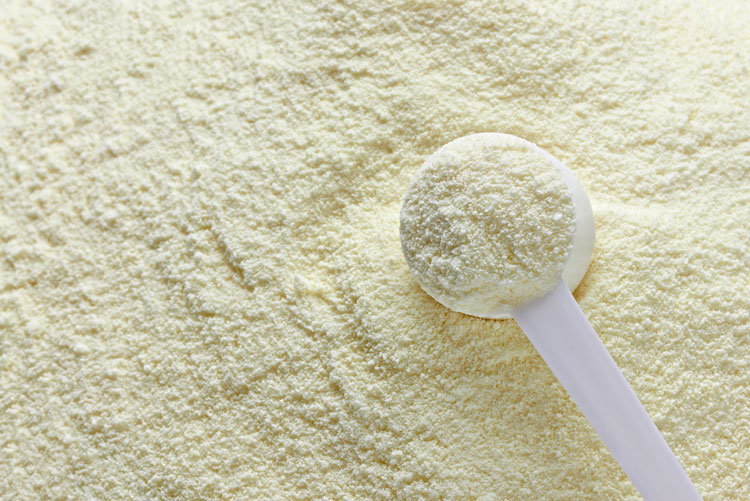
Though U.S. milk prices have moved off the lows of this summer, it is unclear whether those prices will continue that upward track in 2017. That is partly because trade is an important piece of the puzzle in determining milk price strength. While there have been some positive signs recently, even more export growth will be needed in 2017.
China remains critical to global dairy trade. Recent data indicates Chinese whole milk powder imports have risen about 20 percent so far in 2016 compared to a year ago. However, the level of Chinese whole milk powder imports is still only slightly more than one-half of the level from 2014.
Meanwhile, U.S. cheese and butter prices have been above world prices for much of 2016, making large growing U.S. exports a difficult task. Imports of butter have risen nearly 10 million pounds, and U.S. butter exports fell a similar amount in the first nine months of 2016 relative to 2015, as U.S. butter prices remained well above global levels. Year to date, U.S. butter exports are only about 15 percent of the level exported for both 2013 and 2014.
Exports for nonfat dry milk have been steady, with the 900 million pounds exported year to date being close to the amount exported each year in 2013, 2014, and 2015. However, even flat nonfat dry milk exports are a very different story than the strong growth seen from 2010 to 2013.
U.S. cheese exports are down about 90 million pounds year to date relative to 2015, but recent monthly data shows the decline is subsiding.
The total value of U.S. dairy exports is down about $650 million year to date relative to the same period in 2015. The export value decline is over $2 billion relative to the 2014 level.
To comment, email your remarks to intel@hoards.com.
(c) Hoard's Dairyman Intel 2016
November 14, 2016








